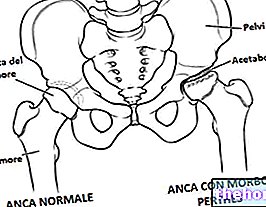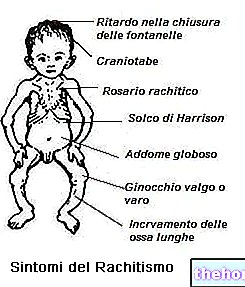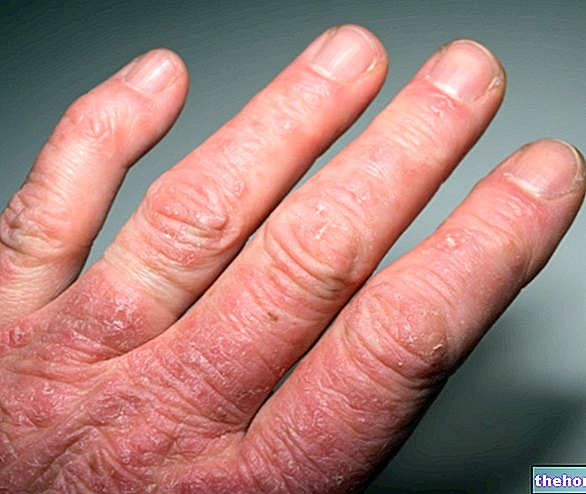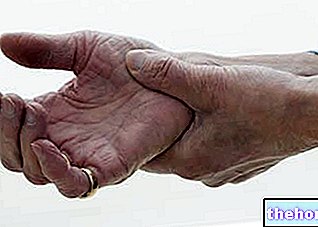Generality
Perthes disease, also called Calvé-Legg-Perthes disease, is a typical disease of children, affecting the hip joint, particularly the head of the femur.

Figure: Anterior representation of the bony structures of the pelvis and hip joint of a male patient with Perthes disease. Note the fracture of the head of the left femur. From the site: tsrhc.org
The cause of the disease lies in the reduced flow of blood to the upper part of the femur (precisely called the head), which first undergoes osteonecrosis and, subsequently, fractures.
Symptoms of Perthes disease consist of obvious lameness, hip pain and limited joint mobility.
For a correct diagnosis, physical examination and instrumental tests, such as x-rays or bone scans, are helpful.
Treatment depends on the age of the patients and the severity of the disease. In most cases, doctors resort to conservative treatments, while surgery only occurs in certain circumstances.






.jpg)





















